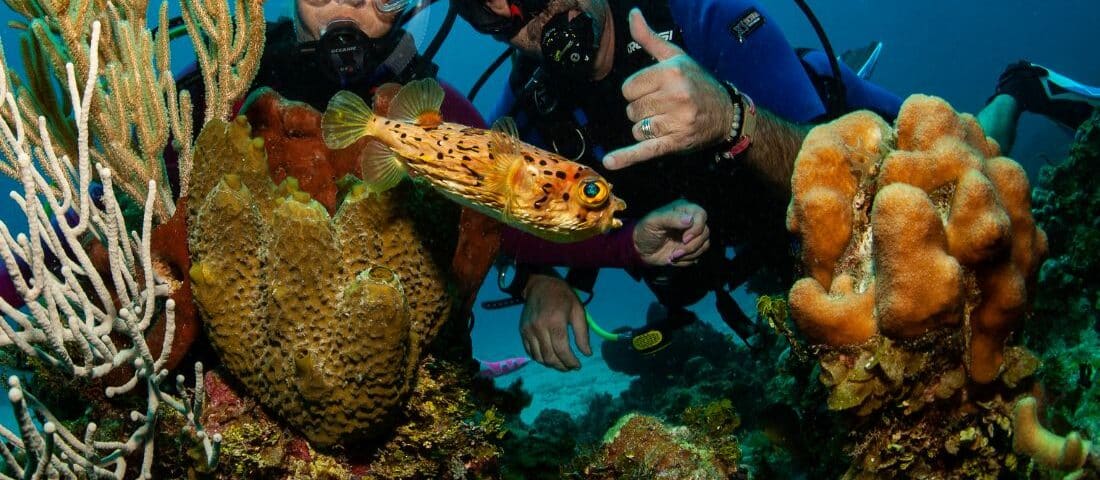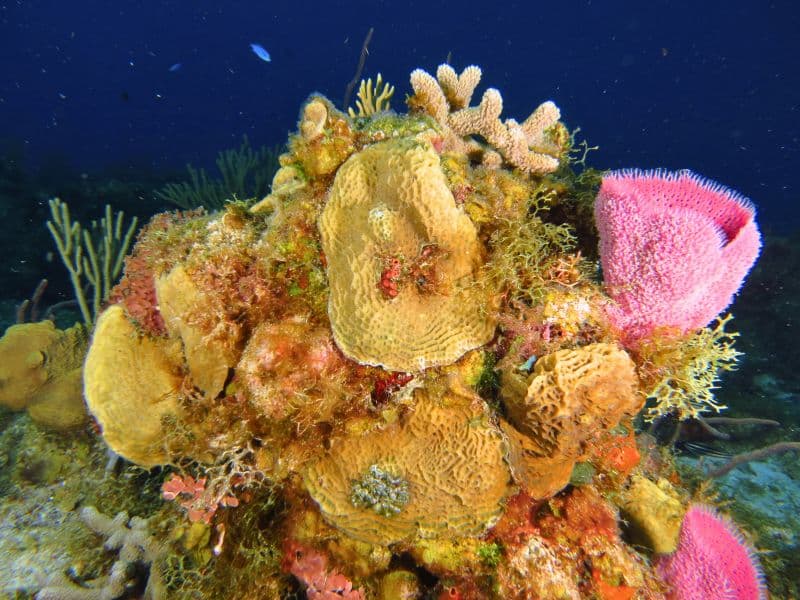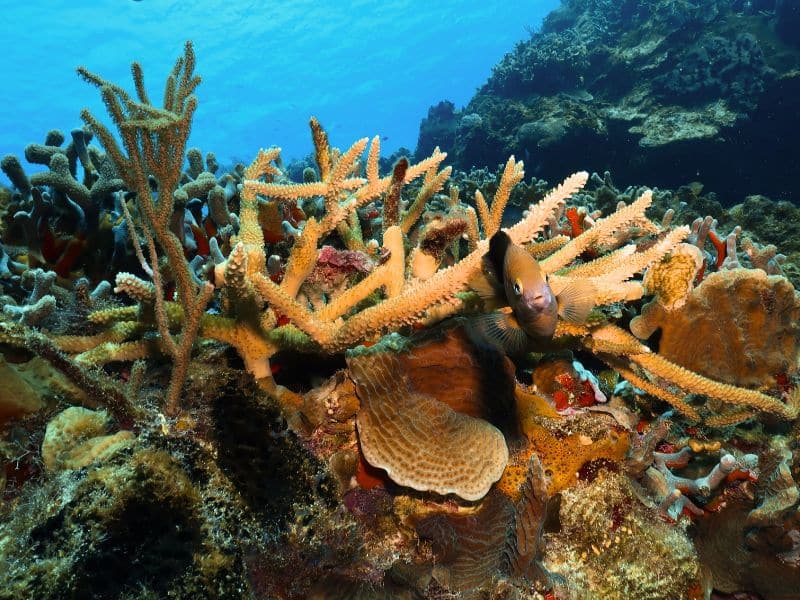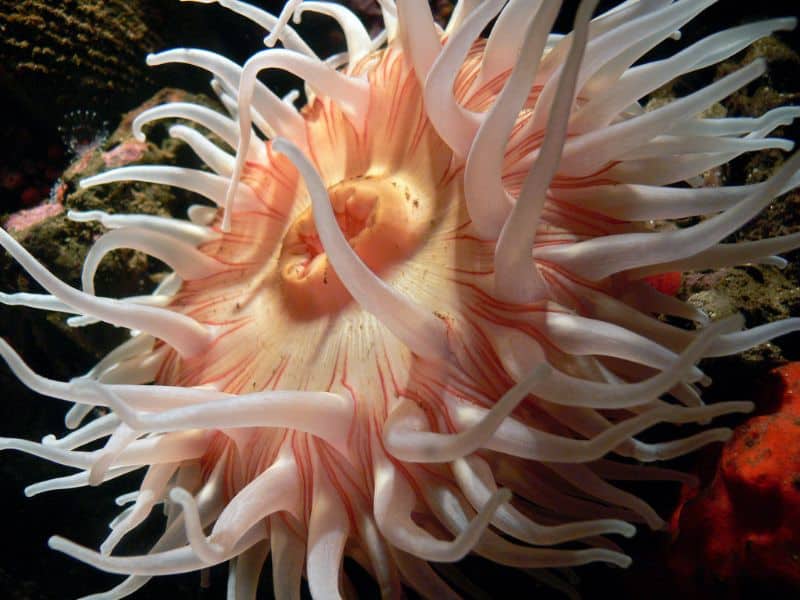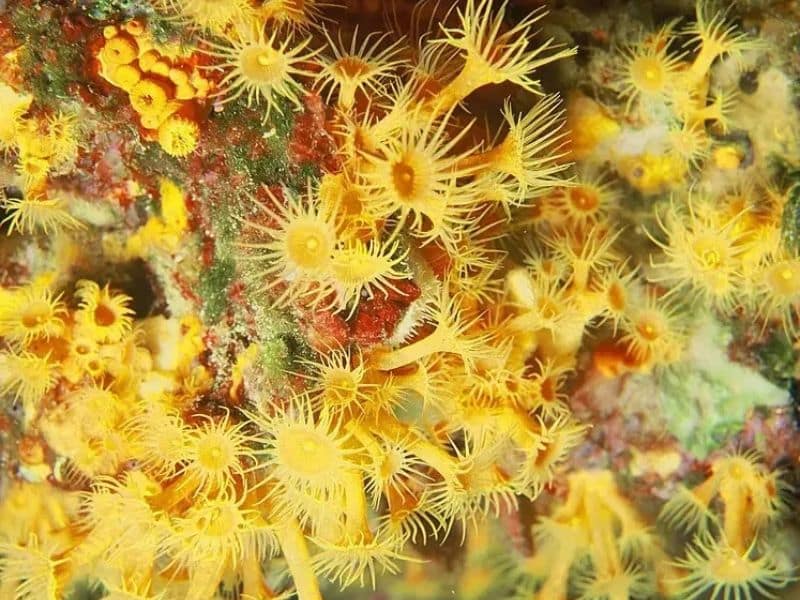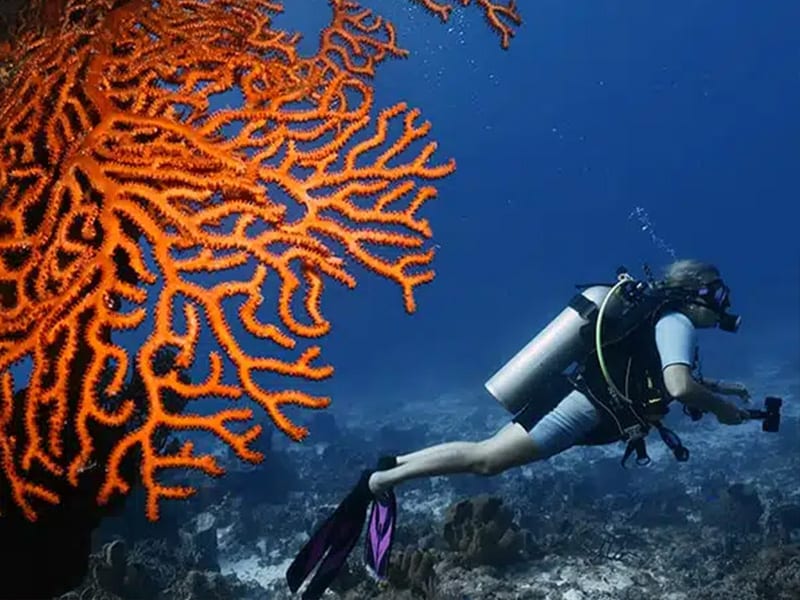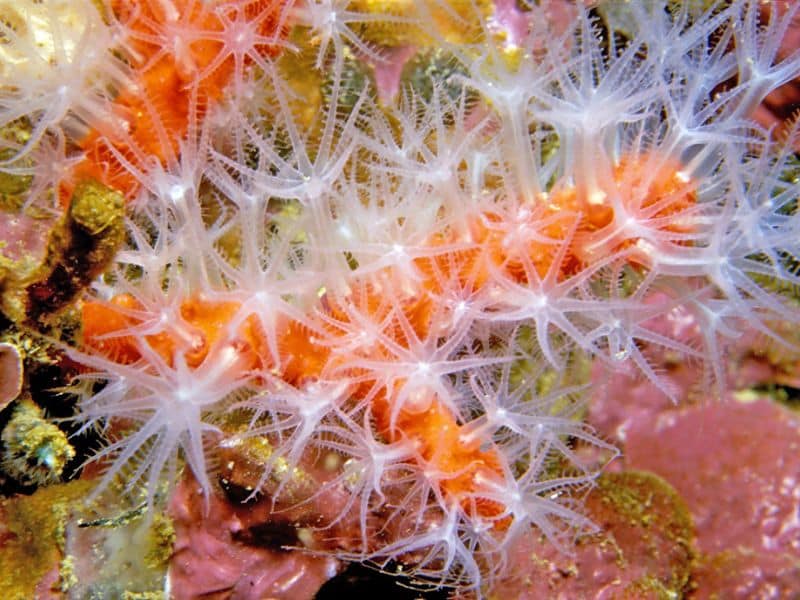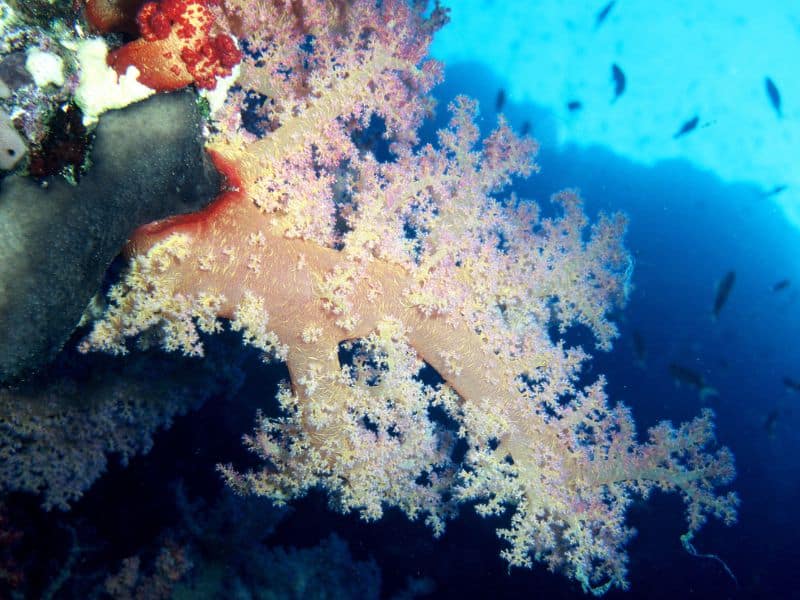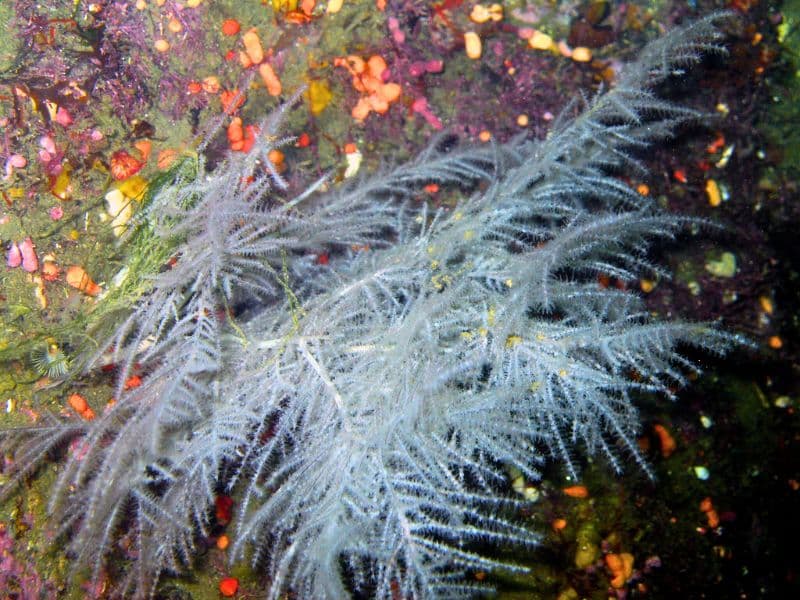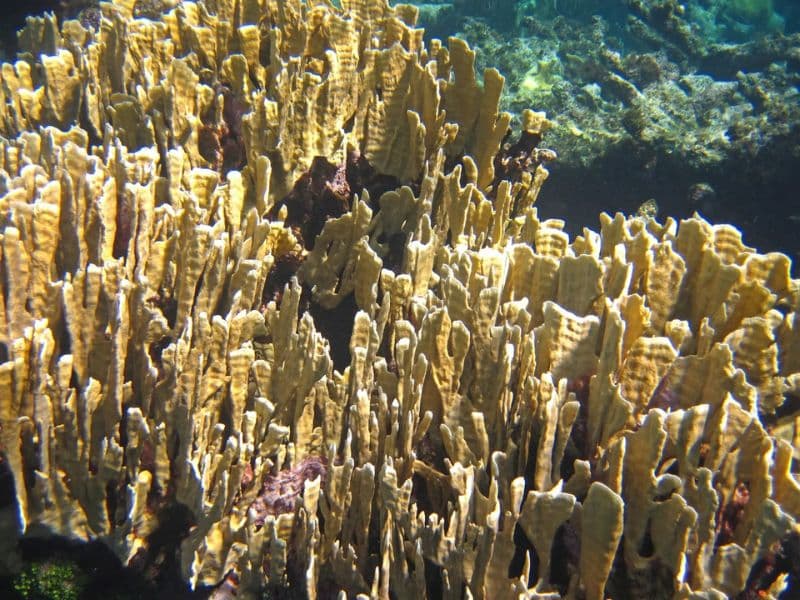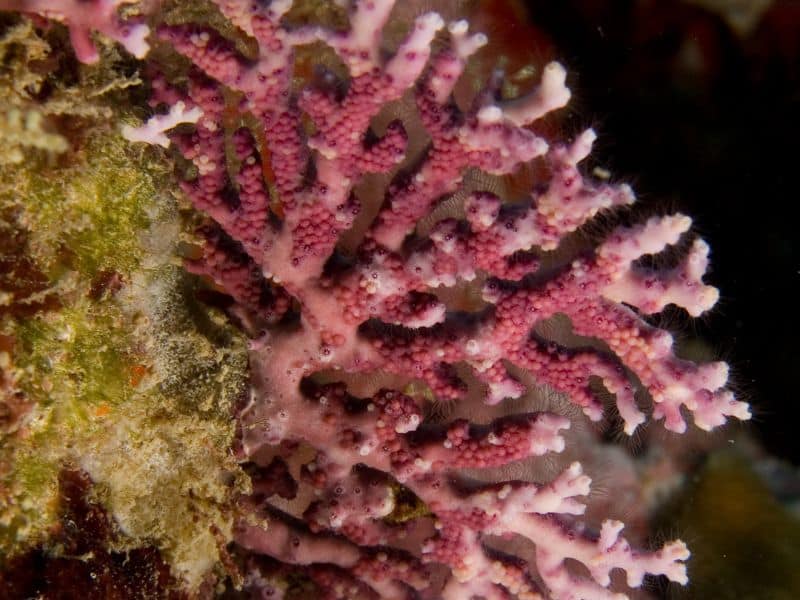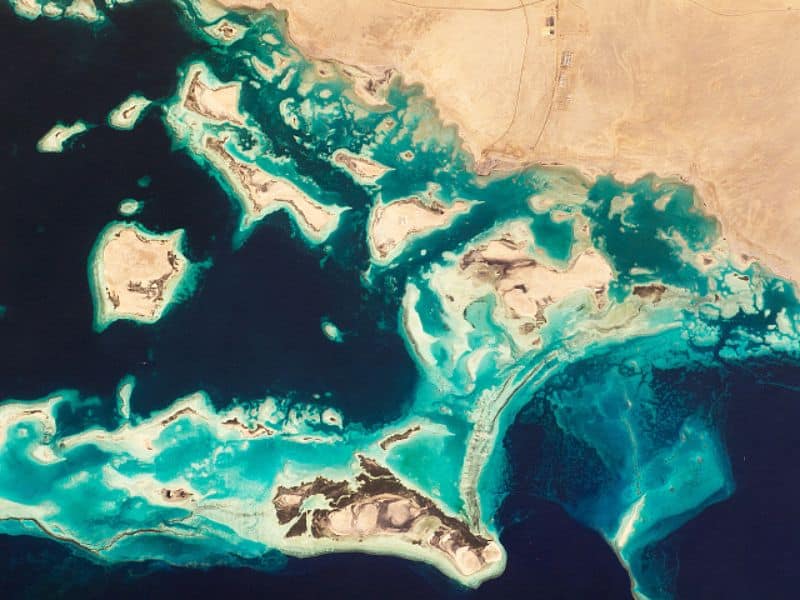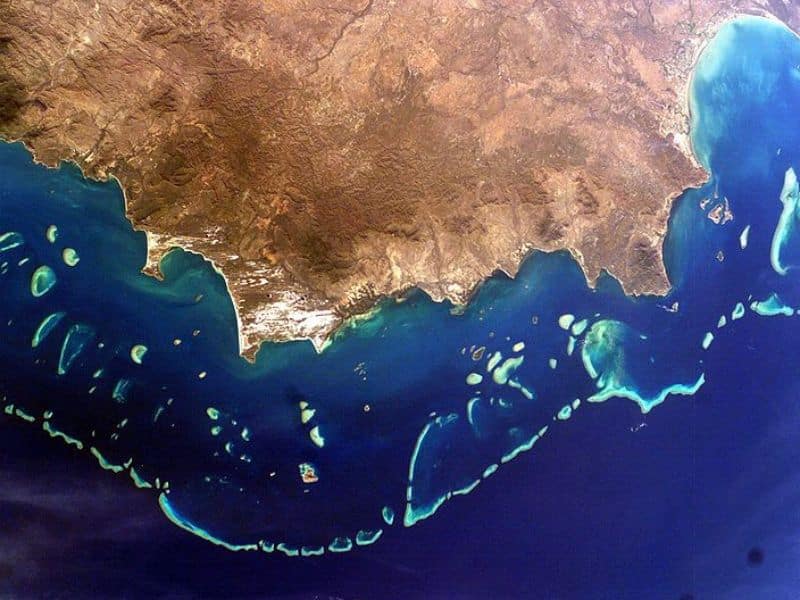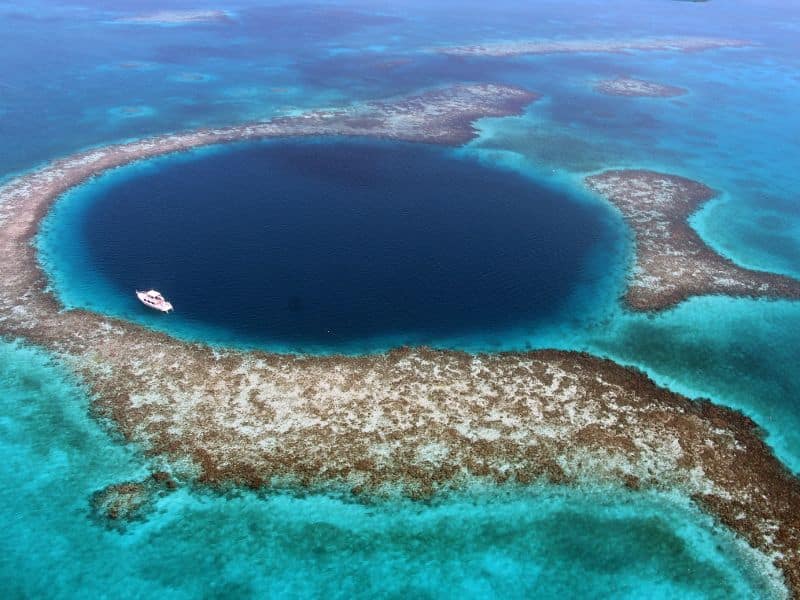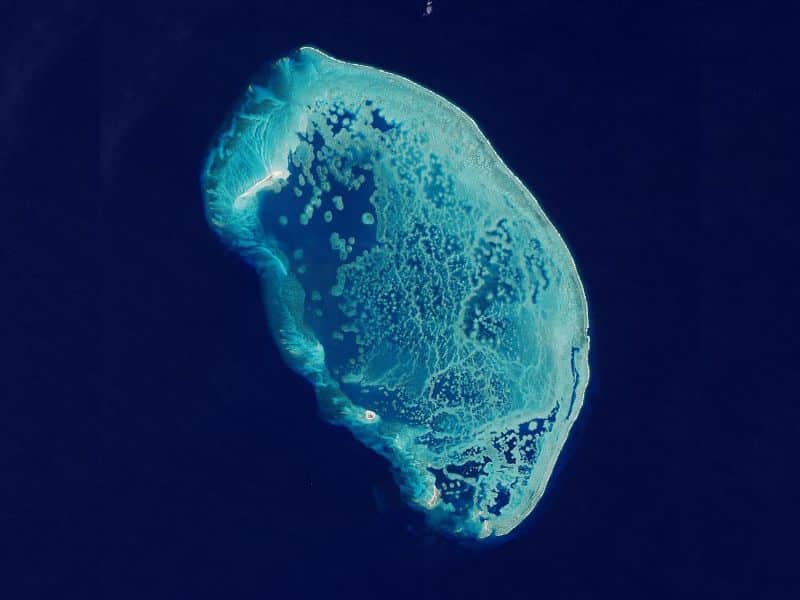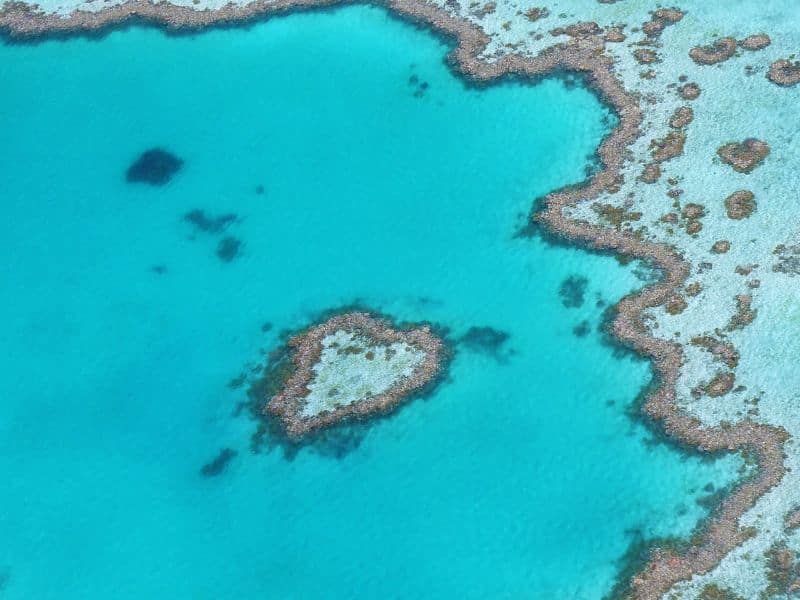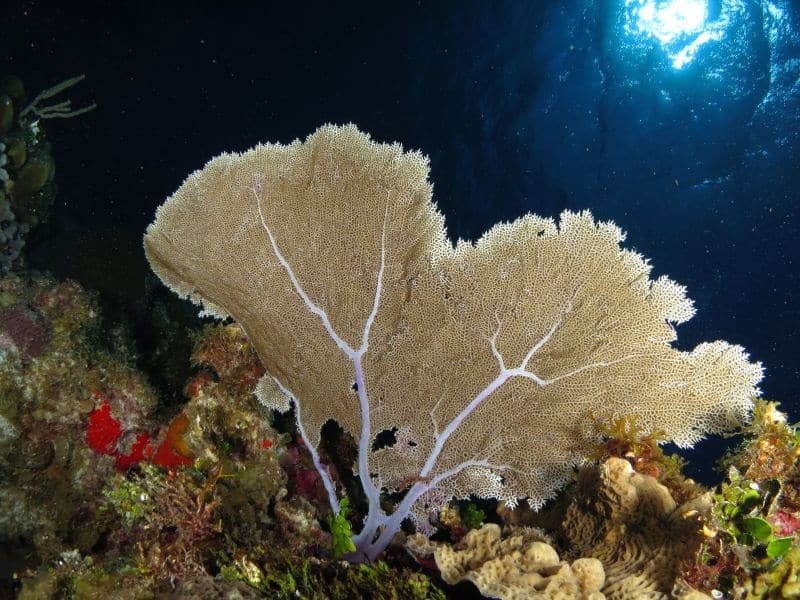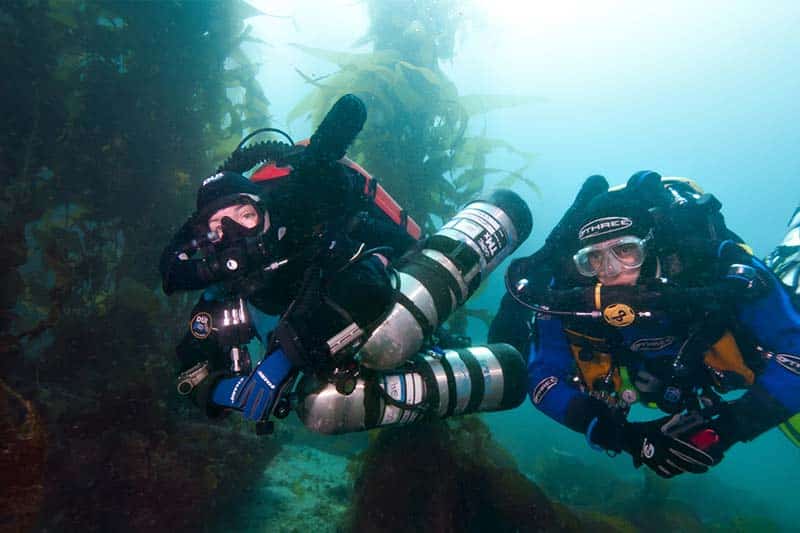1. What Are the Main Different Types of Corals?
Corals belong to the phylum Cnidaria, which also includes jellyfish and sea anemones. Within this phylum, most types of corals are classified in the class Anthozoa, although some are placed in the class Hydrozoa.
An etymological curiosity:
The name “Anthozoa” derives from the Greek words άνθος (ánthos; “flower”), referring to their polyps, and ζώα (zóa; “animals”), because they are animals, even though many people still think they are plants. This results in ανθόζωα (anthozoa), meaning “flower animals.”
Let’s get to know these flower animals in more depth!
In the quest to distinguish between different types of corals, we can start with a basic classification into:
(Hermatypic) or hard corals: these corals are capable of building reefs due to their hard skeleton made of calcium carbonate.
(Ahermatypic) or soft corals: these do not build reefs and have a softer tissue.
But this is a quite simple classification, suitable for primary schools. As coral enthusiasts, we want to go deeper.
2. How Many Different Corals Are There in Fact?
There are mainly four types of corals. The three most common types of corals belong to the class Anthozoa, the flower corals—remember?—and the rarer ones, the Hydrozoa.
The class Anthozoa is further divided into three subclasses: Hexacorallia, Octocorallia, and Ceriantharia.
Hexacorallia
This type of coral is distinguished by having individual polyps, which are sack-shaped animals open to the outside with a mouth surrounded by tentacles.
The tentacles of this class of corals exhibit radial symmetry in six parts (meaning the tentacles are multiples of six). This feature stands out among the different types of corals.
In various species, these polyps can live in colonies and have the ability to secrete a skeleton of calcite, called a coralite, which protects their soft and delicate bodies.
In the Caribbean waters, most species grow in colonies, joining their coralites to create large and strong structures. The colonies expand with new polyps and stack on top of each other over time.
Therefore, the most important type of corals in this subclass are the stony corals, the hard ones, the hermatypic ones—the type of corals that create reefs. These are of the order Scleractinia, but so are sea anemones and zoanthids.




